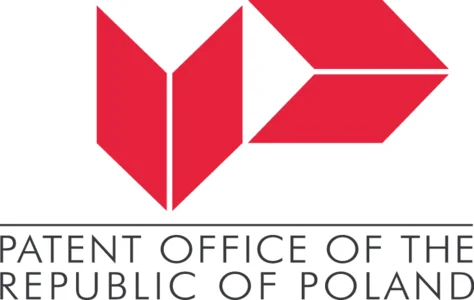DPF-hybrid™
Combines pneumatic pre-cleaning with hydrodynamic method and thermal impulse drying, delivering superior DPF cleaning safety. Hydrodynamic technology alone is effective but insufficient, leaving risks of sludge build-up and ceramic damage. The hybrid method is a significant upgrade to the traditional hydrodynamic cleaning process, ensuring optimal results and filter protection.
The 3-stage of cleaning
DPF | FAP | DOC | SCR
DPF | FAP | DOC | SCR
All stages of DPF cleaning in one single unit machine.

Application number: P.432918
Stage 1
TURBO AIR IMPULSE

Stage 2
ACTIVE WATER FLUSH

Stage 3
TERMO AIR IMPULSE

Stage 1 - Pneumatic Cleaning
The patented Turbo Air Pulse method effectively removes accumulated soot and ash from DPF filter channels, preparing the filter optimally for the subsequent wet cleaning phase.
Stage 2 - Hydrodynamic Cleaning
Controlled pulses of compressed air enhance water flow, thoroughly detaching and flushing away all solid contaminants, significantly boosting the cleaning effectiveness.
Stage 3 - Thermal Cleaning
Otomatic's patented Thermo Air Pulse drying method utilizes intense hot compressed air pulses, completely removing residual moisture and preventing particle residues, ensuring dried and unharmed DPF filter.




